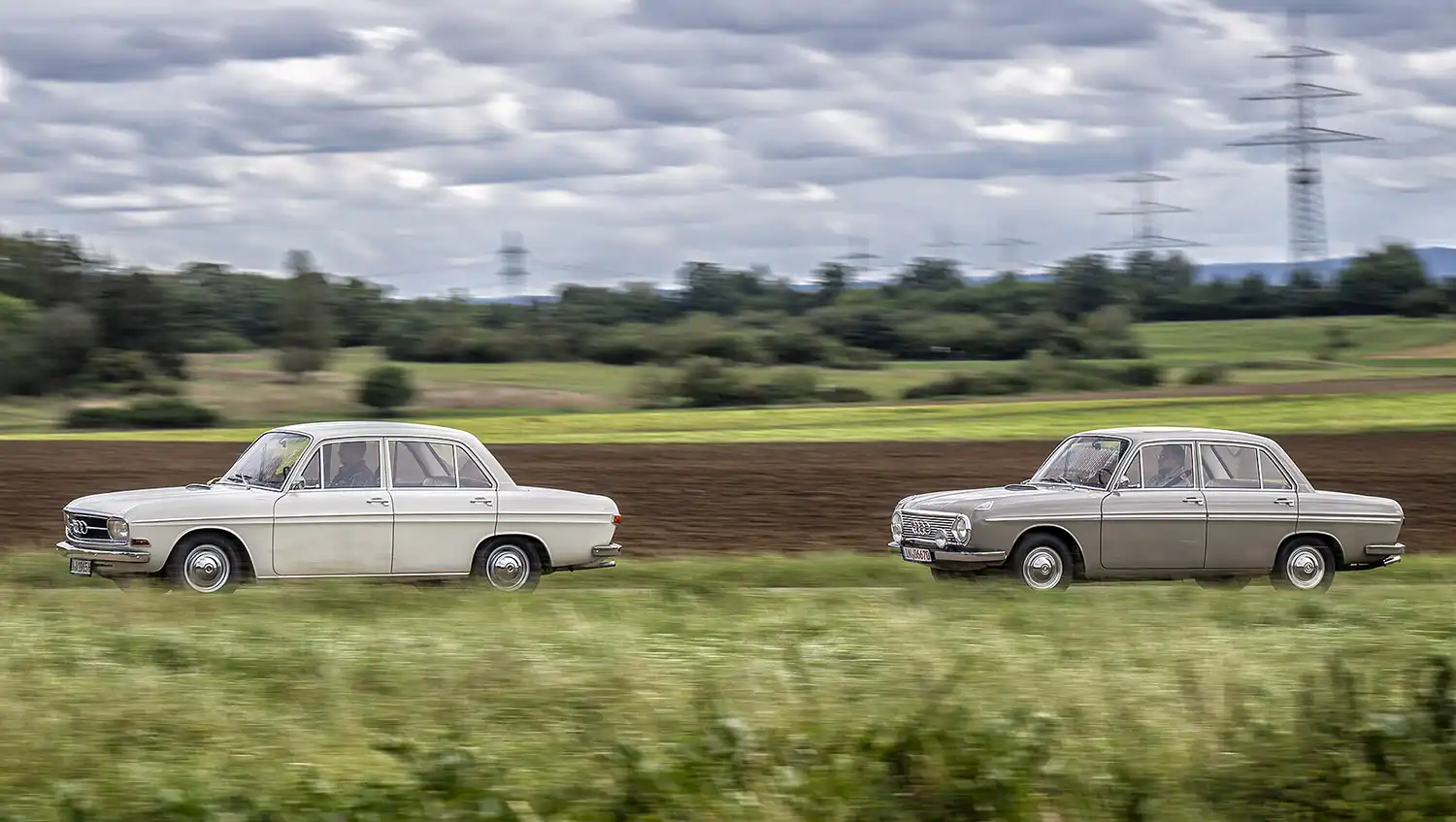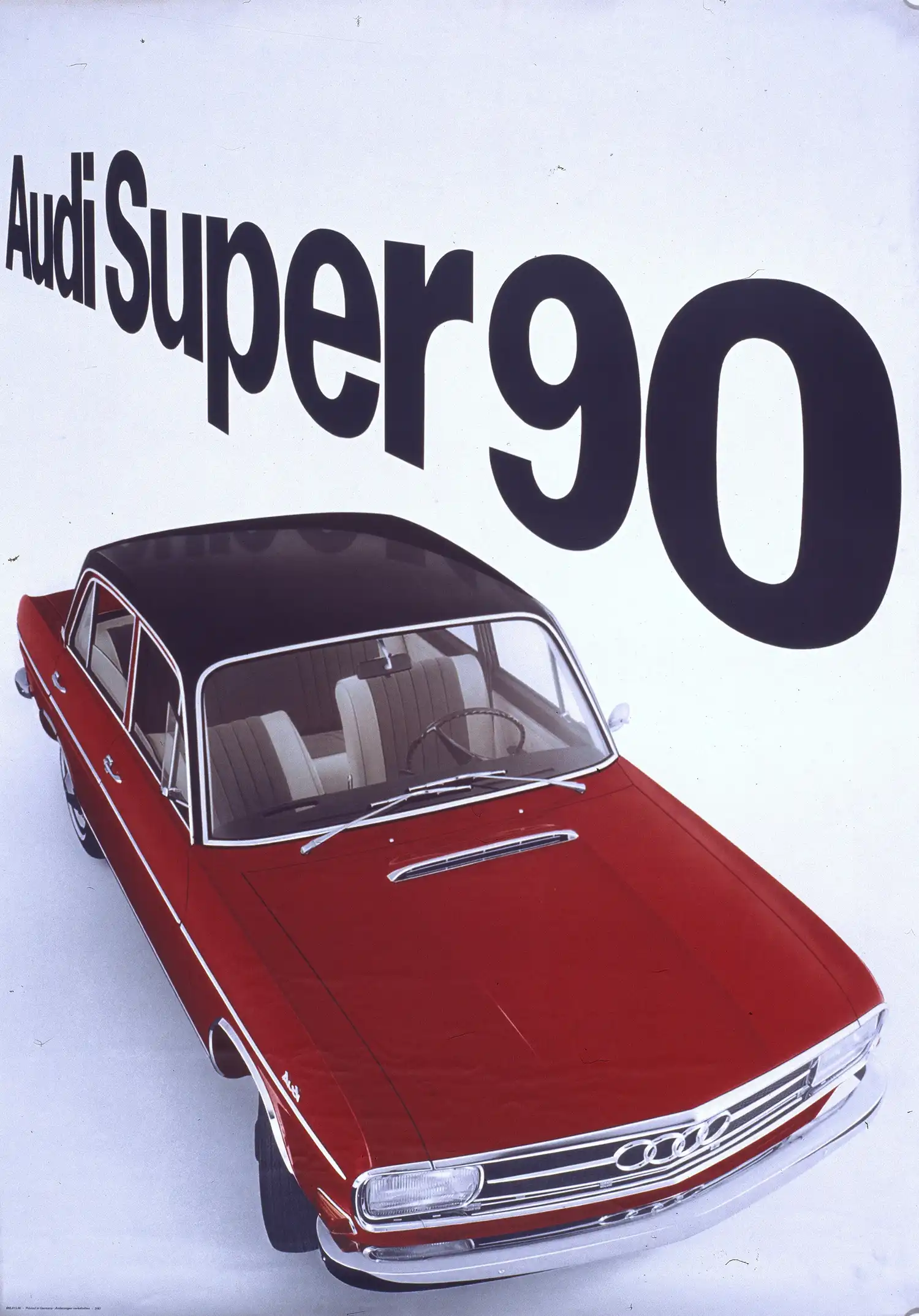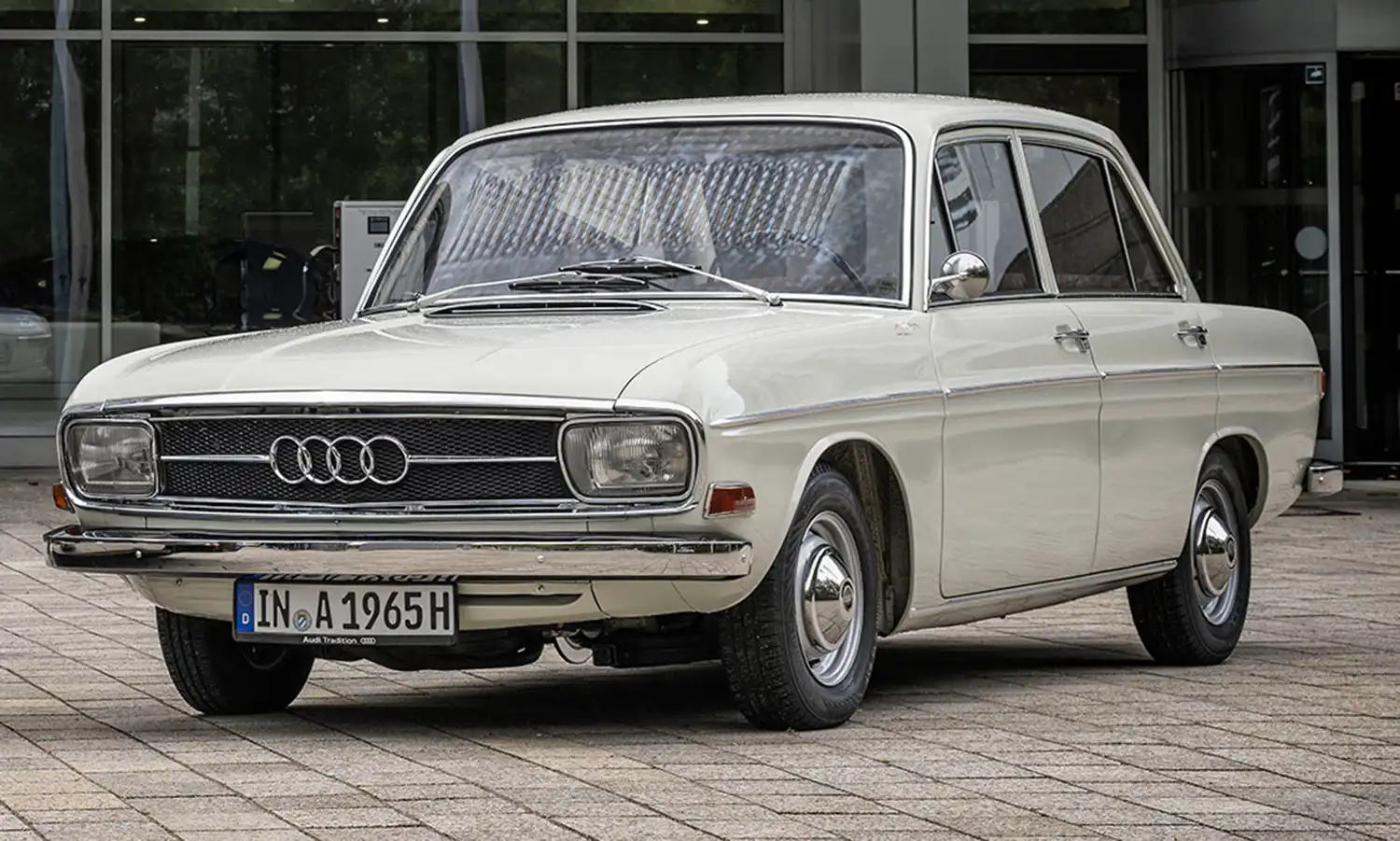
It’s hard to believe, but 60 years have passed since the first post-war Audi rolled off the assembly line in Ingolstadt. In August 1965, a new chapter began for the brand with the four rings, and it all started with the now-legendary F 103 model.
A Milestone in Audi History
In the fall of 1965, the F 103 made its debut at the IAA and marked the first time the Audi name appeared again after World War II. It wasn’t just a car; it was a bold signal of reinvention for Auto Union GmbH.
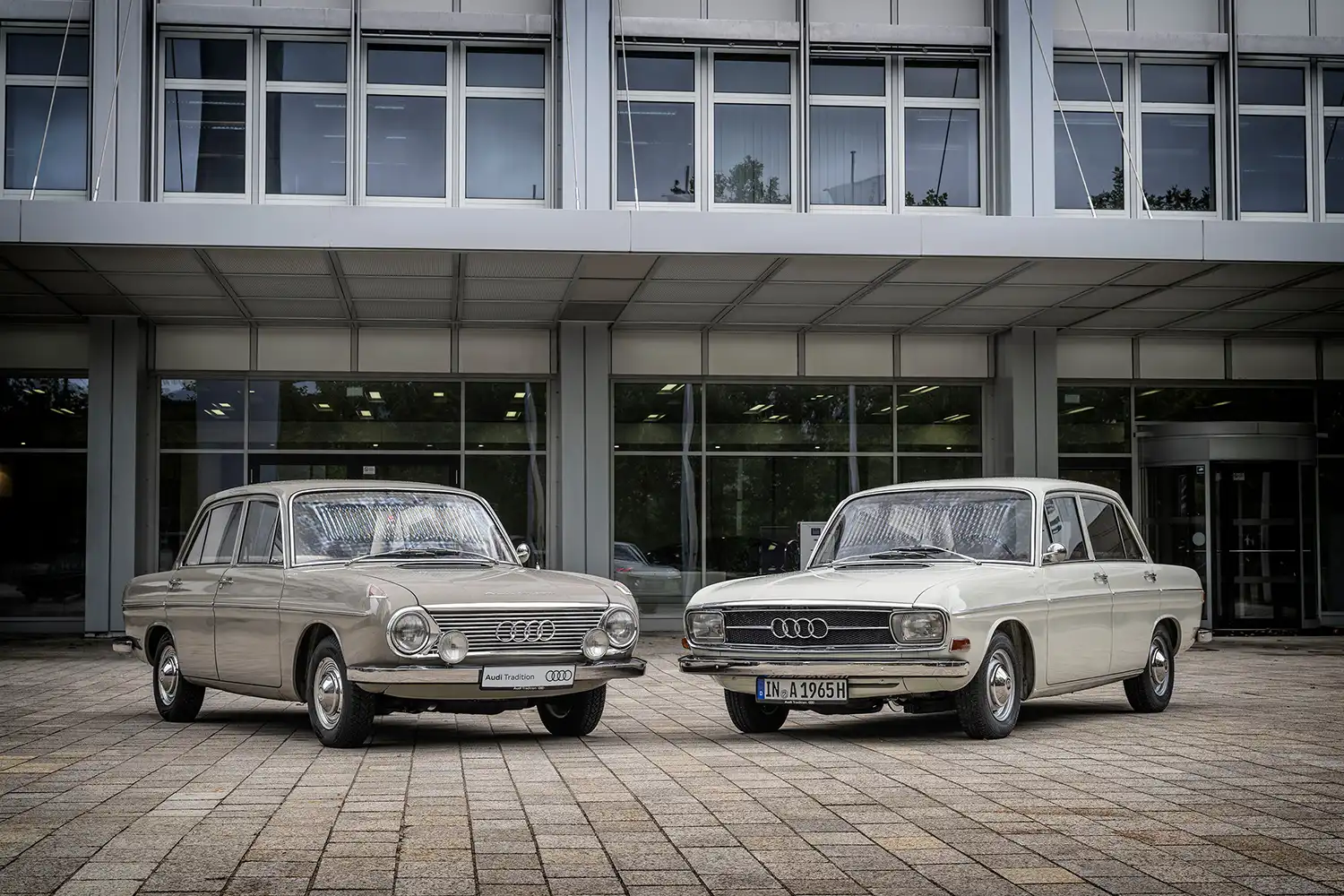
This model represented a shift from outdated two-stroke engines to modern four-stroke powerplants. It was a move that not only updated performance but also rebranded the company’s image during a crucial recovery period.
How the First Post-War Audi Changed the Game
Back in the early 1960s, Auto Union was struggling. The DKW brand, known for its two-stroke cars, was falling out of favor as customer expectations evolved. That’s when Daimler-Benz stepped in, bringing resources, engineering expertise, and a new direction.
Ludwig Kraus, an engineer from Stuttgart, played a critical role in transforming the company’s future. Under his direction, the F 103 launched with a revolutionary new engine, ending the two-stroke era for good.
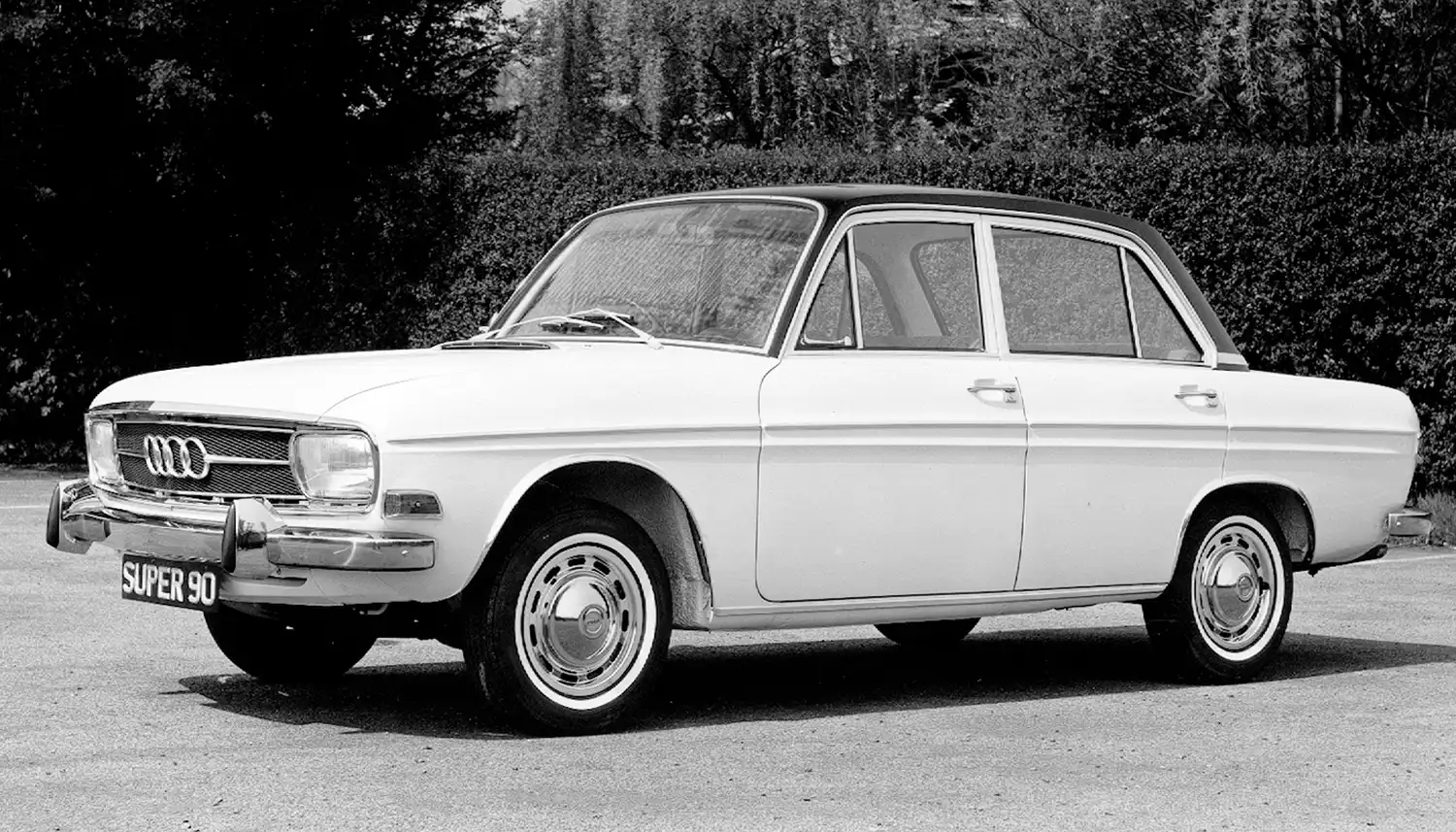
Engine, Performance, and Technical Leap
The F 103 came equipped with a 1.7-liter four-cylinder four-stroke engine, producing 72 PS, which gave rise to its nickname: Audi 72. While that may not sound aggressive today, it was a major upgrade at the time.
The car’s “medium-pressure engine” featured an 11.2:1 compression ratio, straddling the line between gasoline and diesel technology. A four-speed manual transmission with a column-mounted shifter came standard, while disc brakes were mounted within the gearbox, a unique technical solution.
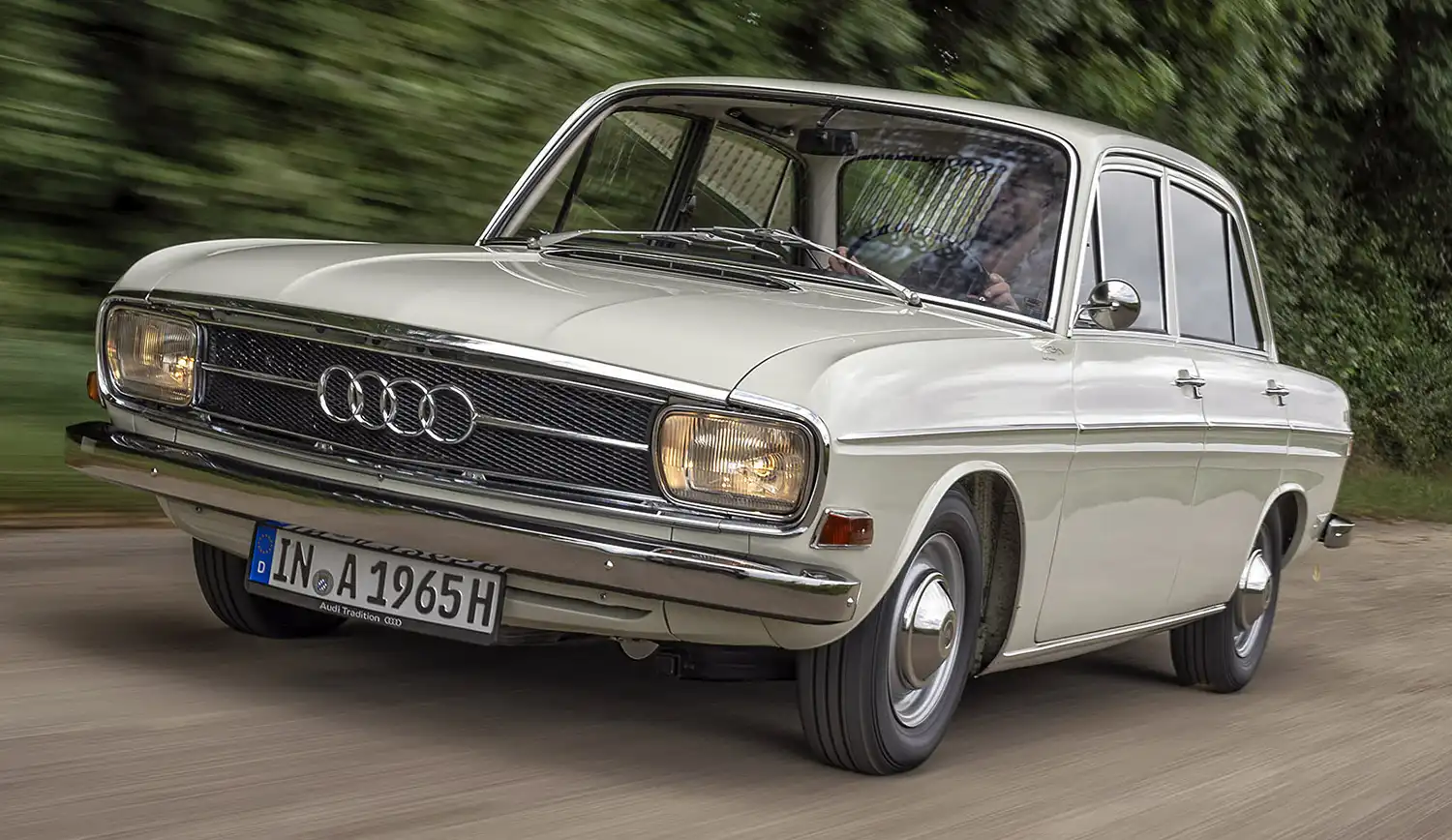
This powertrain setup allowed the car to achieve respectable performance figures and earned it immediate recognition in European markets.
New Look, New Era
Stylistically, the F 103 stood apart from its DKW predecessor. It replaced round headlights with rectangular units in a widened grille. Chrome accents and a longer body signaled modernity. Over time, options like an upscale “L” trim and station wagon variant joined the lineup.
The shift was more than skin-deep. The F 103 was a new breed of car aimed at a growing middle class. More powerful variants followed, Audi 80, Super 90, and eventually Audi 60 and 75, forming a full family of models.
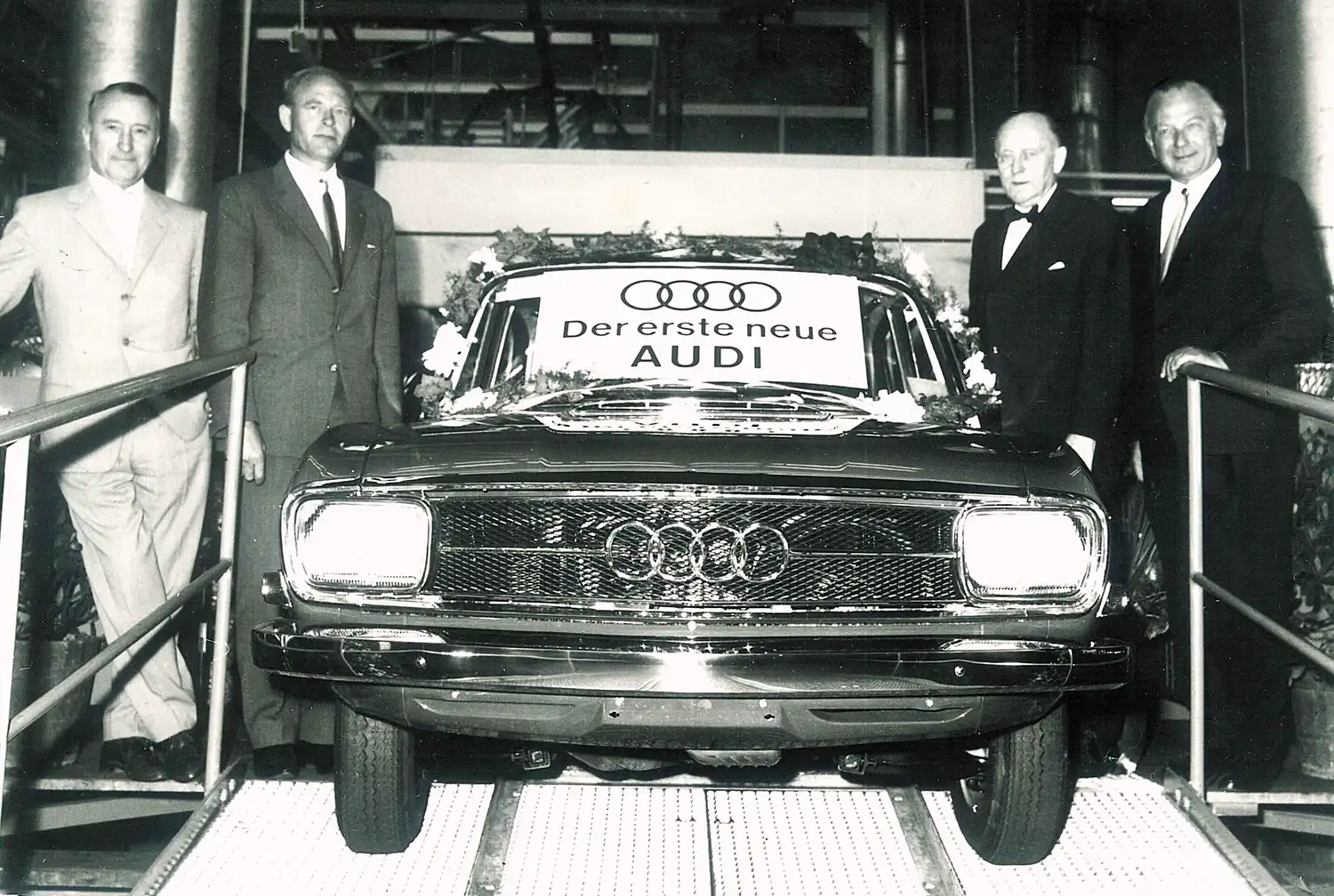
The Legacy That Shaped a Brand
Between 1965 and 1972, Audi built over 400,000 F 103-based vehicles. More than half of those were Audi 60 models, making it the most successful of the range.
The F 103 didn’t just save the company, it launched Audi into the future. It proved that the brand could evolve with the times, adopt better engineering, and appeal to a wider audience.
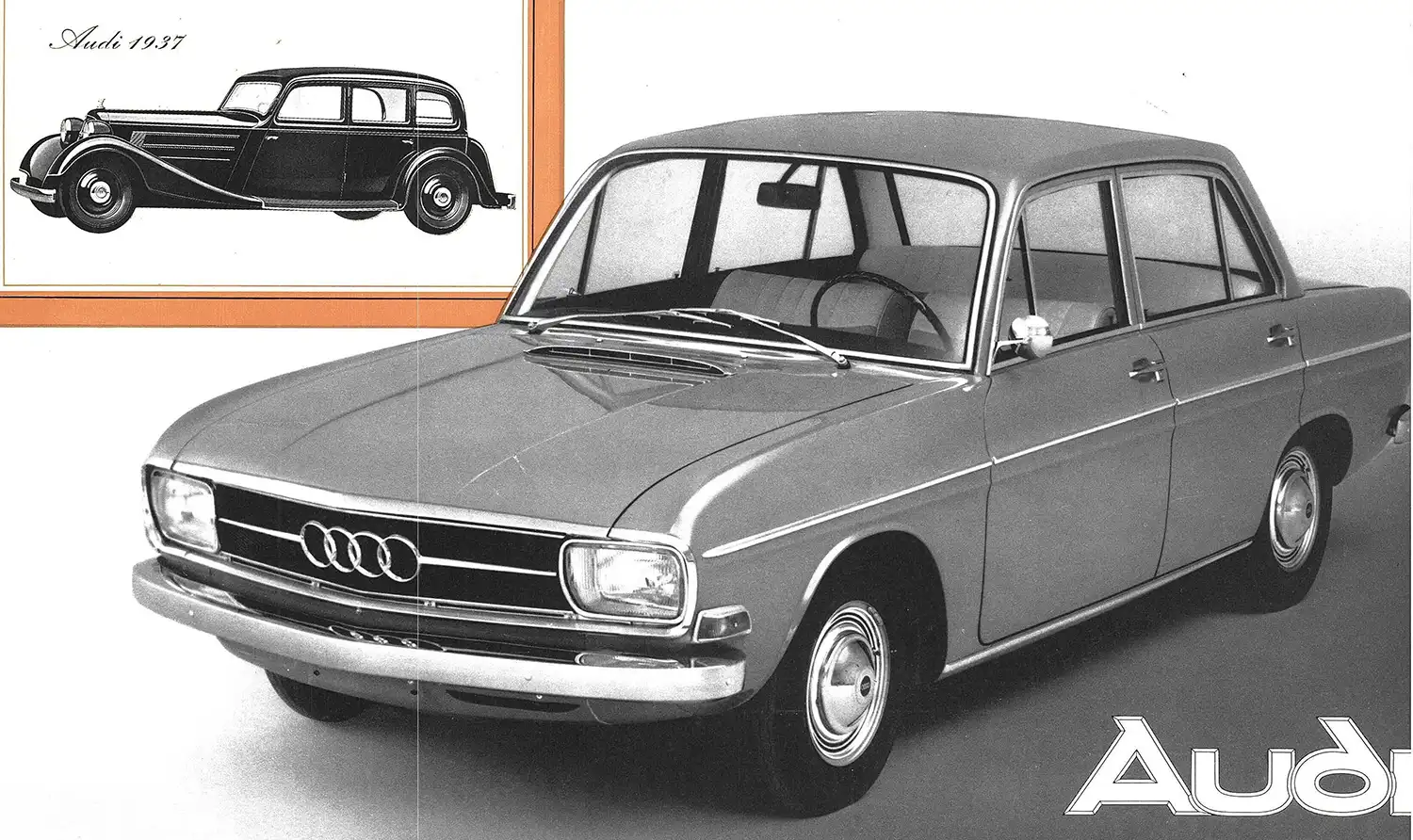
Audi’s Historian Revisits the Legacy
On July 23, Audi historian Ralf Friese will give a special talk at the Audi museum mobile in Ingolstadt. He’ll share how the F 103 came to life and why it remains a cornerstone of the Audi story.
The lecture promises to offer valuable insight into how this humble sedan became the vehicle that helped shape the modern identity of Audi.
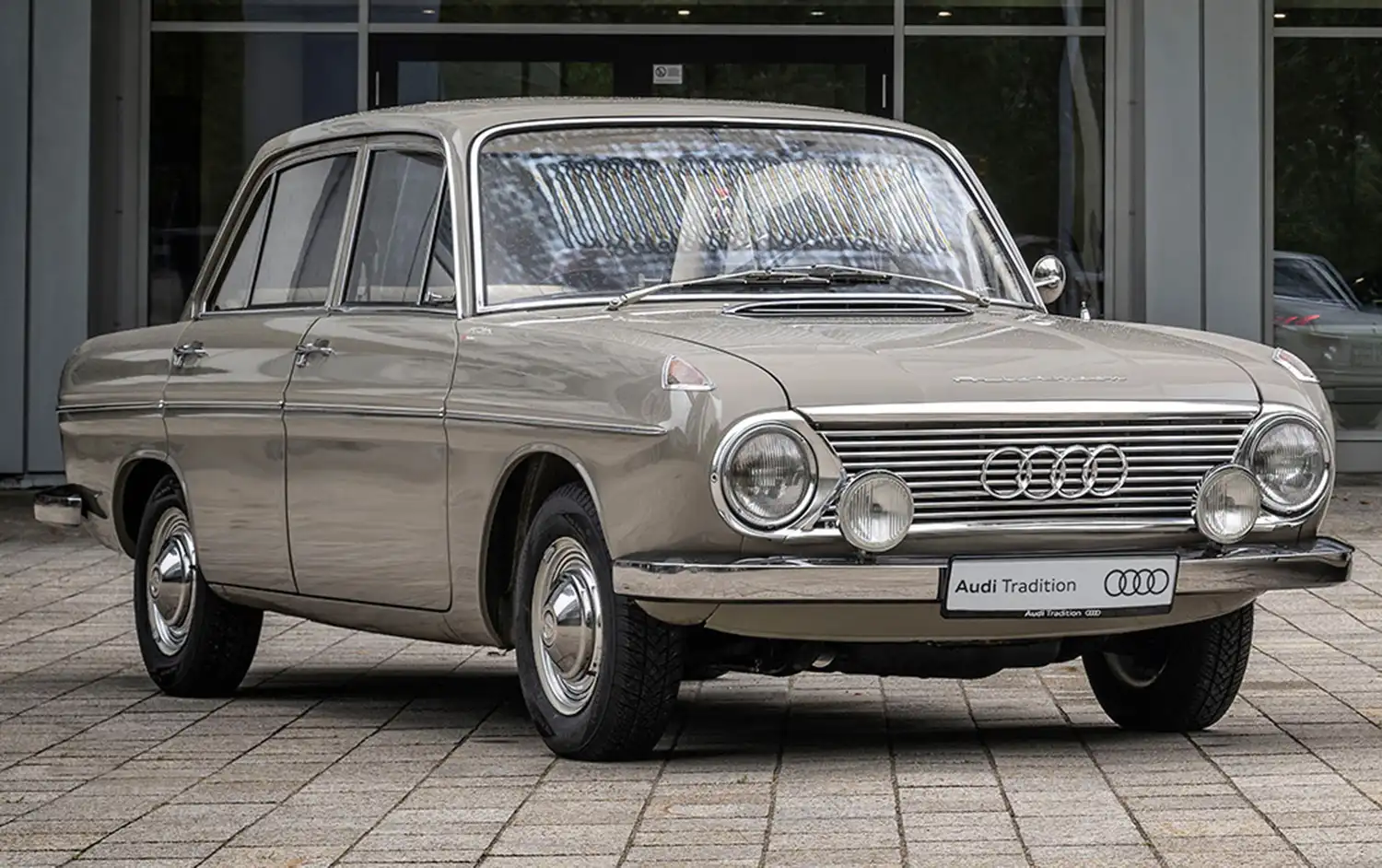
Summary
The F 103 was more than just the first post-war Audi, it was a lifeline. Its smart engineering, modern styling, and timely release gave Auto Union a second chance. Today, we recognize it as the foundation of the Audi we know and admire.
Disclaimer: Historical specifications and model references are for heritage and informational purposes only.
